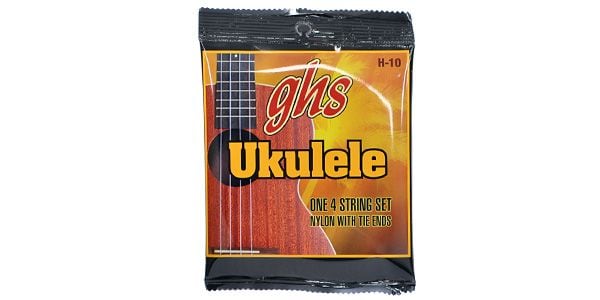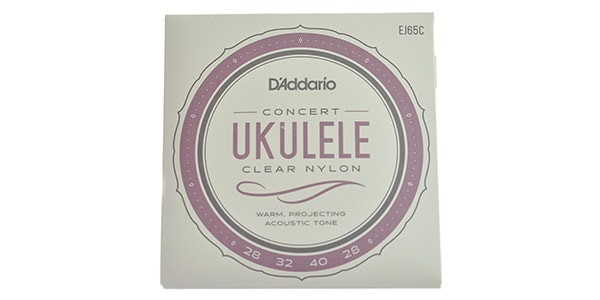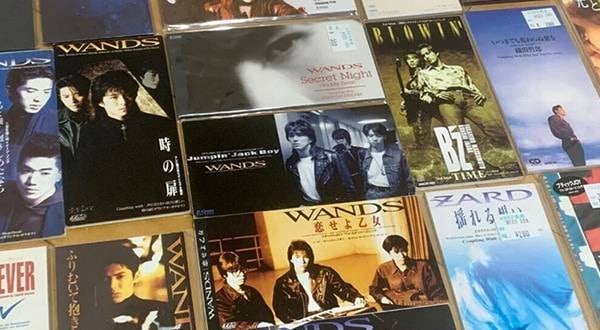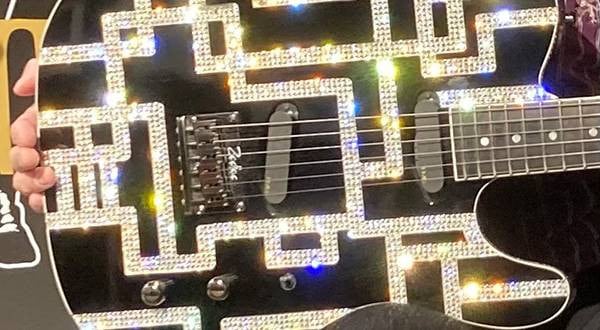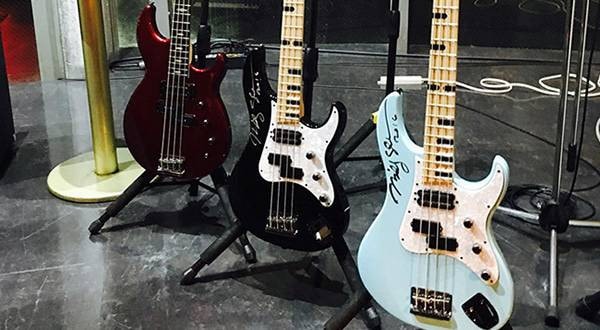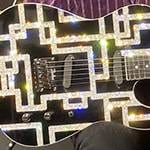Hello, this is Conservario. Have you ever heard the term "scale" or come across it in books or online?
If you haven’t, don’t worry—this article will explain it gently and clearly so you can understand.
If you have heard of it or already know, can you confidently explain what a scale is in one sentence? If not, take this opportunity to review it with us!
“A scale refers to ‘Do Re Mi Fa Sol La Ti.’”
Start by thinking of it this way. There’s no need to overcomplicate things.
“Do Re Mi” comes from Italian, while in English, it’s “C D E...”
This kind of detailed knowledge is something that professionals or advanced players might need to know. For beginners, there’s no need to memorize it at this point (though if you’re curious and want to learn more, feel free to look it up in books or online).
So, have you got it down that a scale means “Do Re Mi Fa Sol La Ti”?
Now, let’s see how that knowledge can be useful for playing the ukulele. Take a look at the image.

Before diving into the explanation, let’s give it a try!
Play:
Do Re Mi Fa Sol La Ti Do
Do Ti La Sol Fa Mi Re Do
When you play it, it should sound like this sequence of notes.
You’ll notice that next to the numbers (on the fretboard diagram), there are labels: 人 (index finger), 中 (middle finger), 薬 (ring finger).
These refer to the fingers on your left hand.
For the "0," there’s no finger indicated because “0” means an open string—no pressing needed.
It’s important to strictly follow the finger positions during this exercise.
For example:
Your index finger only presses the 1st fret,
Your middle finger only presses the 2nd fret,
Your ring finger only presses the 3rd fret.
Even if the string changes, these finger positions don’t change.
This system of matching fingers to frets is called positioning.
As you get used to it, you’ll be able to play without looking at your left hand. Practice this sequence repeatedly until you develop a feel for it!
Practical Application
Let’s start by playing "Kaeru no Gasshou" (The Frog Song).
Here’s how it goes:
Do Re Mi Fa Mi Re Do
Mi Fa Sol La Sol Fa Mi
Do Do Do Do
Do Do Re Re Mi Mi Fa Fa Mi Re Do
Here’s how it looks written in Do Re Mi notation. The rhythm details are simplified, but if you’re familiar with the tune, you should be able to play it without any issues.
Start by watching your left hand as you play.
Ensure proper finger positioning and check for unnecessary movements.
Keep your fingers near the fret they’re assigned to, ready to press when needed.
Avoid letting unused fingers drift too far from the fretboard.
Once you feel comfortable, try playing without looking at your left hand.
Next, let’s play "Twinkle Twinkle Little Star" (Kira Kira Boshi):
Do Do Sol Sol La La Sol
Fa Fa Mi Mi Re Re Do
Sol Sol Fa Fa Mi Mi Re
Sol Sol Fa Fa Mi Mi Re
Do Do Sol Sol La La Sol
Fa Fa Mi Mi Re Re Do
It may feel longer and more complex than the earlier "Kaeru no Gasshou," but there’s a trick to memorizing it.
Divide the piece into three parts: beginning, middle, and end.
The melody of the beginning and the end is exactly the same.
So, once you’ve memorized the beginning and middle, you’ll be able to play the entire piece.
Since there are many places where your right hand plays the same note twice, the key is to play without creating noticeable differences in volume.
Finally, let’s play just the opening section of "Joy to the World" (Morobito Kozorite).
If you’re unsure how the song goes, try playing the extended notes as shown below, and it should come back to you:
Do— Ti— La Sol—
Fa Mi— Re Do—
Ah, now you recognize the song, don’t you?
So far, we’ve introduced the melodies of three songs.
The last one, "Joy to the World" (Morobito Kozorite), is essentially just Do Ti La Sol Fa Mi Re Do with rhythm added.
And yet, it has become a world-famous classic that everyone knows.
Has the importance of practicing scales become a little clearer now?
It’s a good idea to practice simple nursery rhymes or familiar melodies while thinking in terms of Do Re Mi as you play.
Summary
Once you can play Do Re Mi Fa Sol La Ti Do using open strings, you’ll quickly be able to play melodies of famous songs like the ones introduced here.
There are many other benefits, but the biggest one is being able to understand what notes you’re playing as you play them.
There’s nothing wrong with using tablature to play songs. However, if you only match fret positions to the numbers on a tab, it limits your ability to adapt.
For example, if you learn the scale for the key of D in the future, you can use it to play "Kaeru no Gasshou" with Do Re Mi Fa Mi Re Do, or "Twinkle Twinkle Little Star" with Do Do Sol Sol La La Sol.
Practicing scales in various keys will make it much easier to tackle new songs later on, because most melodies and chords are built from scales.
It’s similar to writing in Japanese—you need to learn the basic hiragana sounds like あ, い, う, え, お before you can form words or write sentences. Learning katakana, kanji, and vocabulary comes later. In music, scales are like those foundational hiragana.
So, make sure you can play Do Re Mi Fa Sol La Ti Do in various positions. It will also help you understand chords much faster.
In the next article, we’ll cover "What are chords?" Stay tuned!
Thank you for reading to the end!
GHS / H-10 NYLON - Soprano/Concert, Black Nylon
The “sound & person” column is made up of contributions from you.
For details about contributing, click here.





